Imagine standing where giants once roamed—feeling the thrill of ancient earth beneath your feet, your eyes tracing the same landscape once thundered across by creatures larger than buses. Across the United States, certain national parks are living portals to the age of dinosaurs. Here, time stretches back millions of years, and every rock, ridge, and riverbed tells a story written in stone and bone. Whether you’re a dinosaur fanatic or just looking for a wild adventure, these parks offer the rare chance to get up close and personal with prehistoric history. Let’s embark on a journey through seven national parks where you can literally walk where dinosaurs once ruled, and discover the awe-inspiring secrets they’ve left behind.
Dinosaur National Monument: Colorado and Utah’s Ancient Treasure

Dinosaur National Monument straddles the border of Colorado and Utah, and it’s not just a name—it’s a promise. Here, the fossilized bones of Allosaurus, Stegosaurus, and Apatosaurus are embedded in towering cliffs and riverbanks. The Quarry Exhibit Hall is a jaw-dropping sight, with over 1,500 dinosaur bones exposed right in the rock. Visitors are invited to touch real Jurassic fossils, offering a tactile connection to the distant past. Wandering through the monument, you’ll find petroglyphs left by ancient people, adding another layer to the sense of history. Hiking the Fossil Discovery Trail, you’ll spot bones jutting out from stone, reminders of life that flourished nearly 150 million years ago. Standing here, you can almost hear the echoes of ancient footsteps.
Petrified Forest National Park: Arizona’s Rainbow of Fossils

Petrified Forest National Park is a kaleidoscope of color and history, where fallen trees have turned to stone and dinosaur bones peek out from the badlands. This park, famous for its rainbow-hued petrified wood, is also a treasure trove of Triassic-era fossils. Ancient reptiles, early dinosaurs, and even fossils of bizarre creatures like phytosaurs have been unearthed here. Walking the Blue Mesa Trail, you’ll wind through rolling hills streaked with purples and blues, imagining a world teeming with giant amphibians and early dinosaurs. The park also preserves ancient trackways—footprints pressed into mud that has since turned to stone, capturing moments frozen in time. It’s a surreal experience, like walking through a prehistoric art gallery.
Badlands National Park: South Dakota’s Fossil Playground

Badlands National Park is known for its rugged beauty, but beneath its eroded spires lies one of the richest fossil beds in the world. While the Badlands are often associated with ancient mammals, they also hold secrets from the Age of Dinosaurs. The park’s sharply striped hills contain fragments of ancient reptiles and the remnants of vanished ecosystems. Fossil Exhibit Trail offers interpretive signs and fossil replicas, helping visitors imagine the creatures that once wandered these plains. Looking out over the jagged landscape, you can picture herds of dinosaurs moving through lush river valleys that have long since dried up. Every rainstorm here can uncover new fossils, making each visit a potential paleontological adventure.
Big Bend National Park: Texas’ Cretaceous Giants
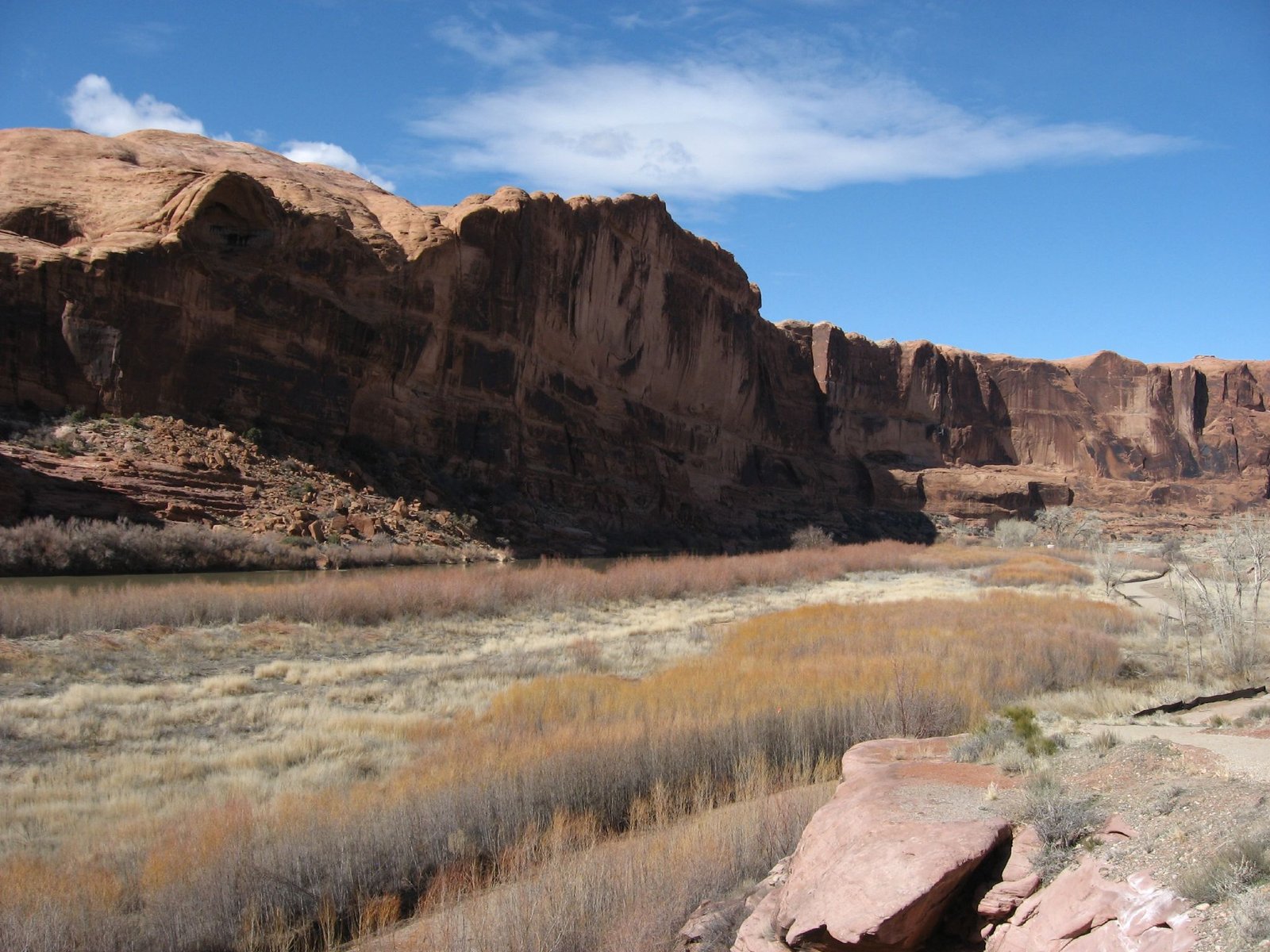
Big Bend National Park, sprawling along the Rio Grande in Texas, is a hotspot for dinosaur discoveries. The park’s desert landscapes conceal layers of ancient sediment packed with fossils from the late Cretaceous period. Notable finds include the massive Alamosaurus, a long-necked giant, and the ferocious Deinosuchus, a crocodile that could swallow a dinosaur whole. The Fossil Discovery Exhibit provides a hands-on look at bones, teeth, and even fossilized eggs, while interpretive trails wind past sites where paleontologists have made groundbreaking discoveries. Exploring Big Bend, you’ll sense the scale of prehistoric life and marvel at how these ancient creatures shaped the landscape we see today.
Grand Staircase-Escalante National Monument: Utah’s Fossil Frontier
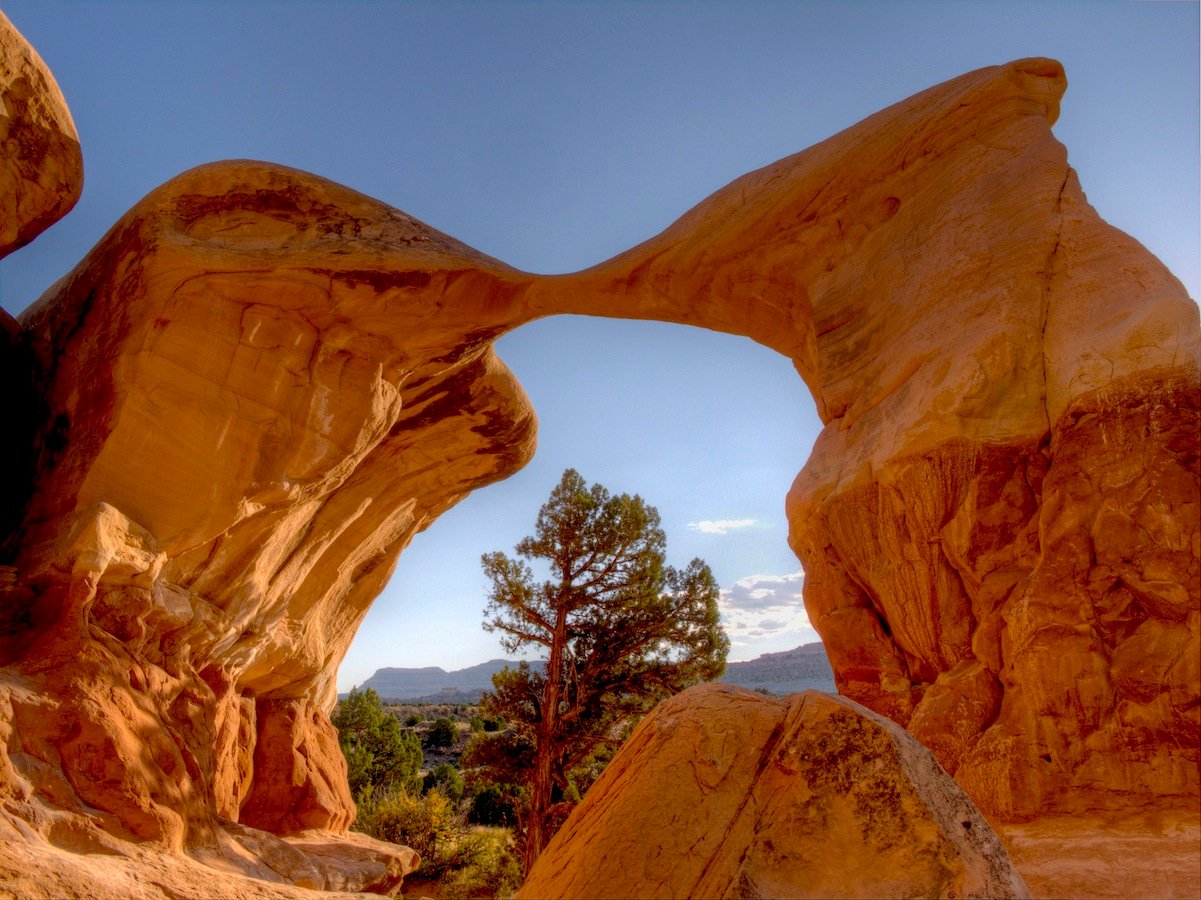
Grand Staircase-Escalante isn’t a traditional national park, but its status as a national monument belies its importance to dinosaur science. This remote, rugged expanse in southern Utah is a fossil hunter’s paradise. In recent years, paleontologists have uncovered dozens of new dinosaur species here, including the fearsome Lythronax, a cousin of the T. rex. The monument’s Kaiparowits Plateau is especially rich in fossils, revealing a world of horned dinosaurs, duckbills, and armored giants. Hiking through canyons and slickrock, you’ll feel the thrill of discovery around every corner. The sense of untouched wilderness makes this place feel truly prehistoric, as if the next dinosaur bone is just waiting to be found.
Pawnee National Grassland: Colorado’s Hidden Dinosaur Tracks
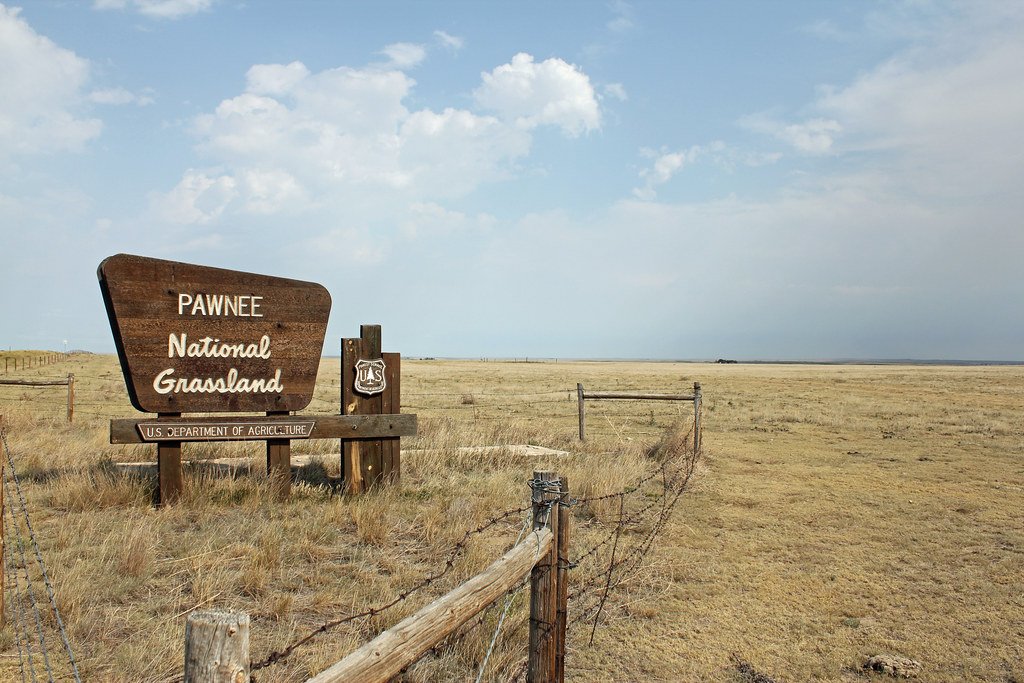
Pawnee National Grassland might not look prehistoric at first glance, but it holds one of Colorado’s best-kept paleontological secrets. Near the town of La Junta, the Picketwire Canyonlands are etched with hundreds of dinosaur footprints. These tracks, left by both plant-eating and meat-eating dinosaurs, crisscross ancient riverbeds preserved in stone. Walking the Picketwire Trail, you can literally place your feet in the same spots as a massive Apatosaurus or a three-toed carnivore. The feeling is electric—like time travel made real. It’s a place where the past is written not in bones, but in the silent language of footprints.
Denali National Park: Alaska’s Arctic Dinosaurs

When you think of dinosaurs, Alaska’s icy wilderness may not come to mind. But Denali National Park has turned that idea on its head. In recent years, paleontologists have discovered thousands of dinosaur tracks in Denali’s backcountry, revealing that herds of duck-billed dinosaurs and sharp-clawed theropods once roamed this northern landscape. The tracks are preserved in ancient riverbeds, now exposed by wind and weather. Guided hikes take visitors to some of these sites, where you can imagine dinosaurs migrating under the midnight sun. The discovery of baby dinosaur tracks suggests that even young dinos thrived here, painting a picture of a surprisingly vibrant, prehistoric Alaska.
Glen Canyon National Recreation Area: Tracks on the Red Rocks

Glen Canyon, stretching along the border of Arizona and Utah, is famous for its red rock scenery and Lake Powell’s sparkling waters. But hidden among the cliffs are fossilized dinosaur tracks that date back over 200 million years. You can find these tracks at spots like the Carl Hayden Visitor Center, where interpretive signs point out footprints from ancient meat-eaters and plant-eaters alike. The juxtaposition of ancient history and stunning modern vistas makes Glen Canyon a truly unique place to ponder the passage of time. Scrambling over sun-baked rocks, you might stumble upon a three-toed track—a reminder that this land once belonged to giants.
Valley of Fire State Park: Nevada’s Jurassic Footprints

Valley of Fire State Park, Nevada’s oldest and most stunning state park, harbors more than just fiery red sandstone. Scattered throughout the park are dinosaur tracks pressed into the desert floor. These footprints, some from gigantic sauropods and others from smaller, nimble dinosaurs, are preserved in sandstone slabs that have weathered the eons. Park rangers often lead guided walks to these sites, sharing stories of the creatures that once thundered across what is now desert. The tracks are a striking reminder that this landscape has changed dramatically over millions of years—from lush prehistoric forests to today’s arid wonderland.
Comanche National Grassland: Colorado’s Dinosaur Trackways

Comanche National Grassland in southeastern Colorado is home to one of the longest dinosaur trackways in North America. The Picketwire Canyonlands, part of this vast grassland, feature hundreds of individual dinosaur prints spanning a wide area. These tracks, left by both sauropods and theropods, offer a window into the lives of dinosaurs as they migrated across ancient riverbeds. Hiking along the rugged canyon, you can follow the trails of these massive beasts for nearly a quarter mile. The sense of scale is staggering, and the tracks evoke a feeling of walking right alongside these ancient giants.
Red Fleet State Park: Utah’s Dinosaur Track Lake
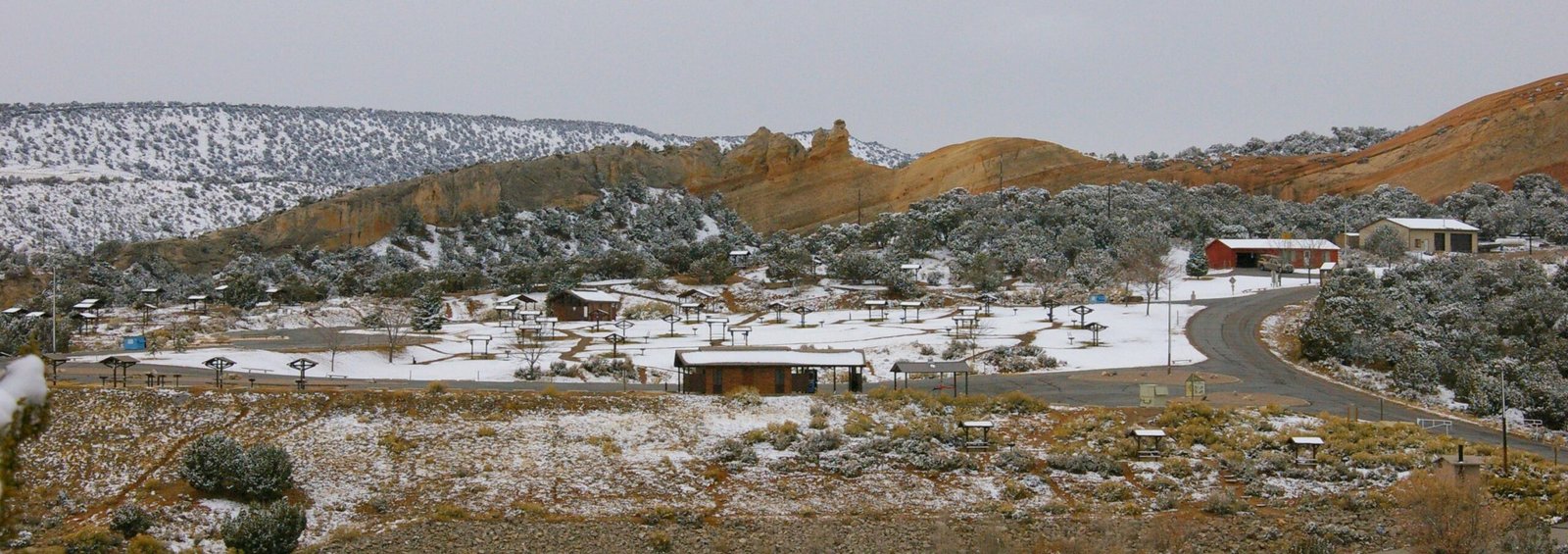
Red Fleet State Park, north of Vernal, Utah, is nicknamed “The Lake with Dinosaur Tracks”—and for good reason. The park’s reservoir is surrounded by red sandstone slabs that are peppered with hundreds of dinosaur footprints. Some tracks are submerged, visible only when the water is low, while others dot the shoreline. These prints were made by theropods, whose three-toed impressions are easy to spot. Families and hikers often make a game of searching for these ancient footprints, turning every visit into a prehistoric scavenger hunt. The beauty of the red rocks and blue water makes the experience even more magical.
Capitol Reef National Park: Utah’s Fossil Layers

Capitol Reef National Park is a tapestry of cliffs, domes, and canyons, but it’s also a paleontological goldmine. The park’s exposed rock layers date back to the age of dinosaurs, and fossil hunters have found bones, teeth, and even trackways hidden among the colorful strata. The park’s visitor center displays casts of dinosaur tracks found nearby, and rangers can point you toward the best fossil-viewing spots. Exploring the park’s remote backcountry, you’re often surrounded by silence and stone—just the way it was when dinosaurs roamed here. The sense of discovery is palpable, as if every turn might reveal another lost world.
Garden Park Fossil Area: Colorado’s Bone Bonanza
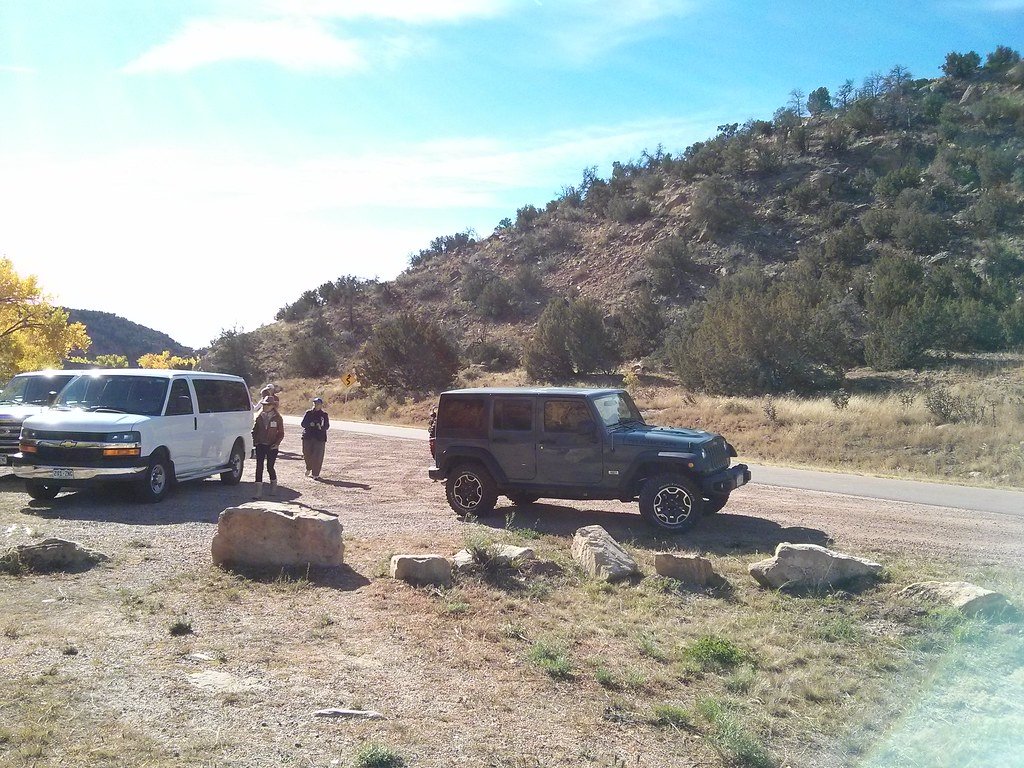
Garden Park Fossil Area near Cañon City, Colorado, has been a hotspot for dinosaur discoveries since the late 1800s. Here, legendary bone hunters unearthed some of the most famous dinosaur skeletons ever found, including Stegosaurus and Allosaurus. Today, interpretive trails guide visitors past old quarries and fossil beds, with signs explaining the dramatic history of “bone wars” between rival paleontologists. The landscape itself is dramatic, with rocky outcrops and winding canyons that seem made for adventure. Walking these trails, you can almost sense the excitement of those early fossil hunters, chipping away at stone in search of history.
Yampa River State Park: Colorado’s Fossil-Filled Watershed
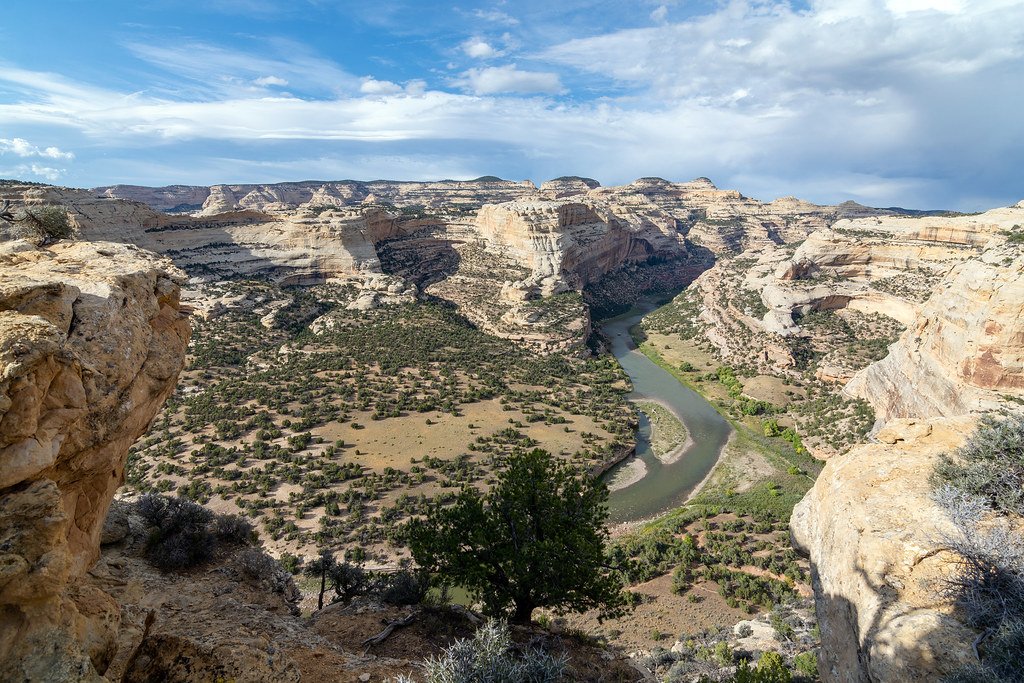
Yampa River State Park, hidden in the wilds of northwest Colorado, is a haven for both wildlife and fossils. The park’s riverbanks and bluffs have yielded dinosaur bones and trackways from the Jurassic Period. Kayakers and hikers often stumble upon fossil fragments or ancient footprints, especially during low water. The park’s interpretive signs bring the prehistoric world to life, describing the dinosaurs that once drank from these same waters. The combination of river adventure and dinosaur discovery makes Yampa River a must-visit for anyone with a love for natural history.
Ojito Wilderness: New Mexico’s Fossil Desert
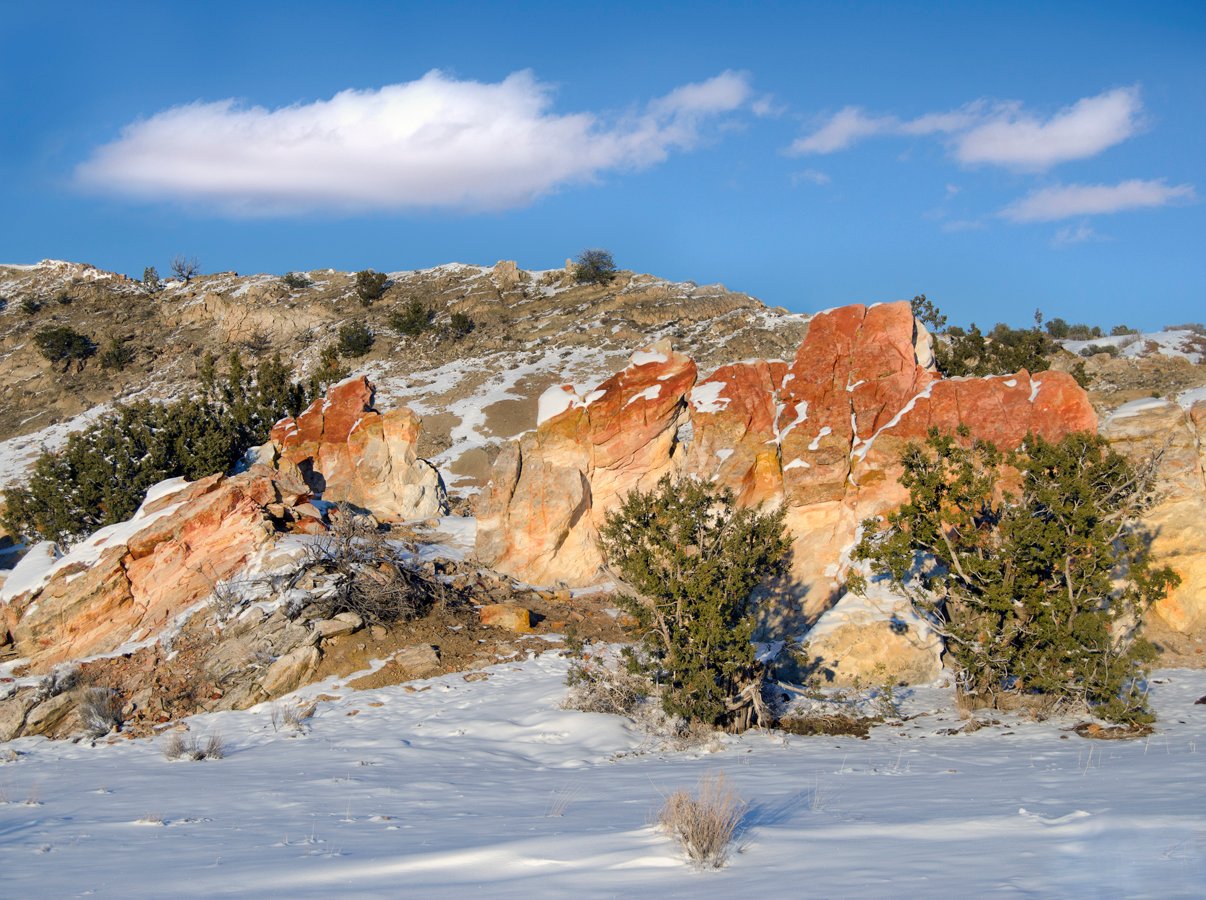
Ojito Wilderness in New Mexico is an otherworldly landscape of mesas, canyons, and petrified wood. It’s also a dinosaur hotspot, with fossils of massive sauropods like Seismosaurus found here. The area’s badlands are dotted with fragments of bone and ancient wood, making every hike a potential treasure hunt. The stark beauty of the desert, combined with the thrill of discovery, creates a powerful sense of connection to the deep past. It’s a place where you can wander for hours, imagining the long-necked giants that once grazed under a Jurassic sun.
Devil’s Canyon Science and Learning Center: Montana’s Fossil Classroom
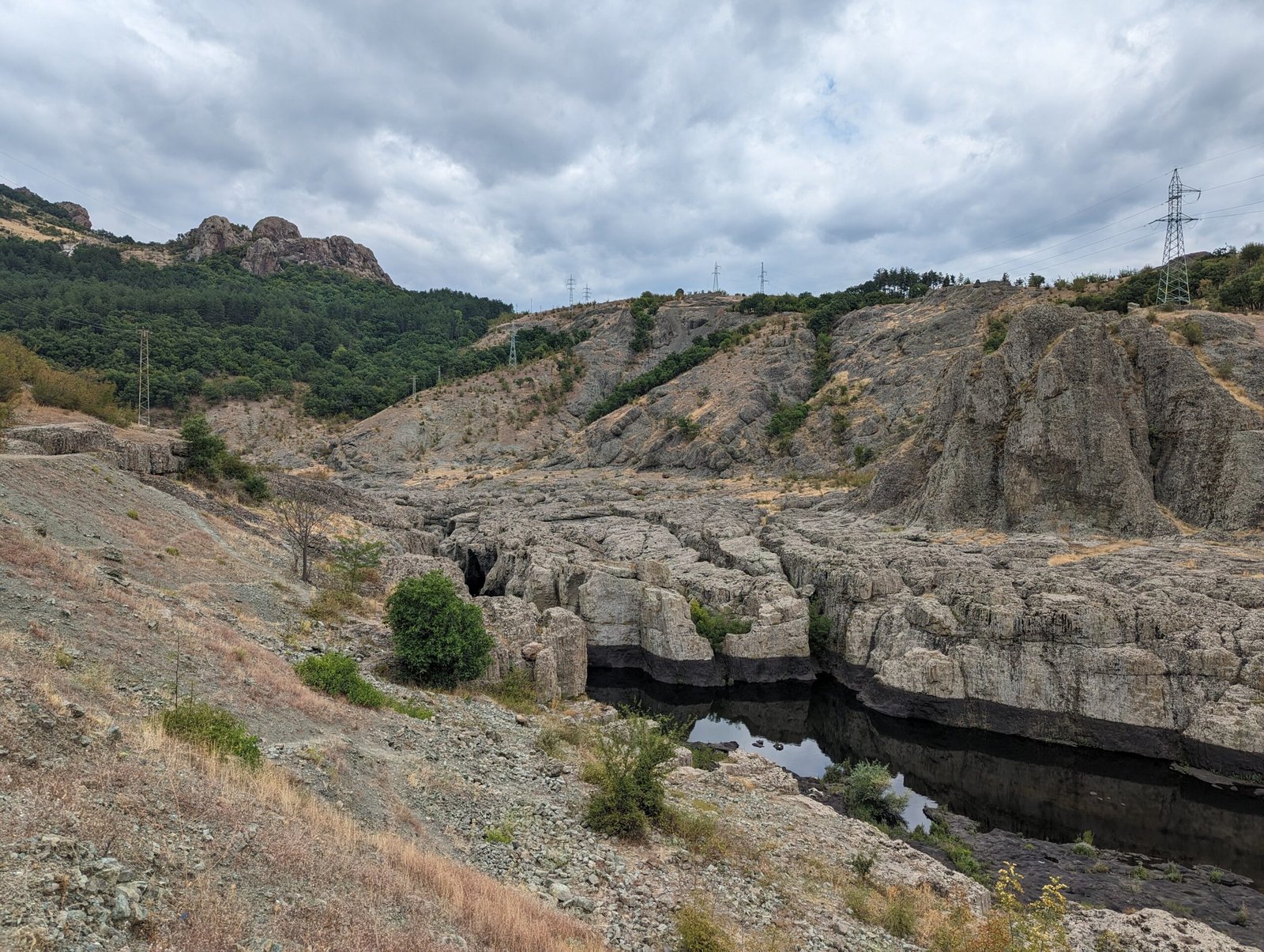
Devil’s Canyon near Billings, Montana, is more than just a scenic spot—it’s an outdoor classroom for paleontology. Guided tours by the Science and Learning Center take visitors to fossil sites where Triceratops and other Cretaceous dinosaurs have been found. The area’s layered cliffs hold secrets from millions of years ago, and expert guides bring the science to life with stories and hands-on activities. For families and aspiring paleontologists, it’s an unforgettable way to connect with the wonders of the prehistoric world.
Jurassic National Monument (formerly Cleveland-Lloyd Dinosaur Quarry): Utah’s Bone Bed

Utah’s Jurassic National Monument, once known as the Cleveland-Lloyd Dinosaur Quarry, is legendary for its dense concentration of dinosaur bones. Scientists have excavated thousands of bones from dozens of species here, making it one of the world’s most important dinosaur sites. The visitor center offers fossil exhibits and hands-on dig experiences, perfect for anyone who’s ever dreamed of being a paleontologist. Walking the trails, you can learn about the mysteries still unsolved—like why so many bones ended up in one place. It’s a real-life dinosaur puzzle, waiting for curious minds to piece it together.
Conclusion: Embracing Our Prehistoric Heritage

Across these remarkable parks and monuments, the echoes of the dinosaur age are everywhere—in the bones underfoot, the footprints etched in stone, and the wild landscapes that have endured for eons. These places invite us to explore, imagine, and connect with a world long vanished, yet still present in the rocks and rivers of today. Whether you’re tracing a giant’s three-toed track or gazing at a fossilized bone, you’re sharing a moment with the oldest residents of our planet. Isn’t it amazing to think that, even after millions of years, we’re still following in their footsteps?


